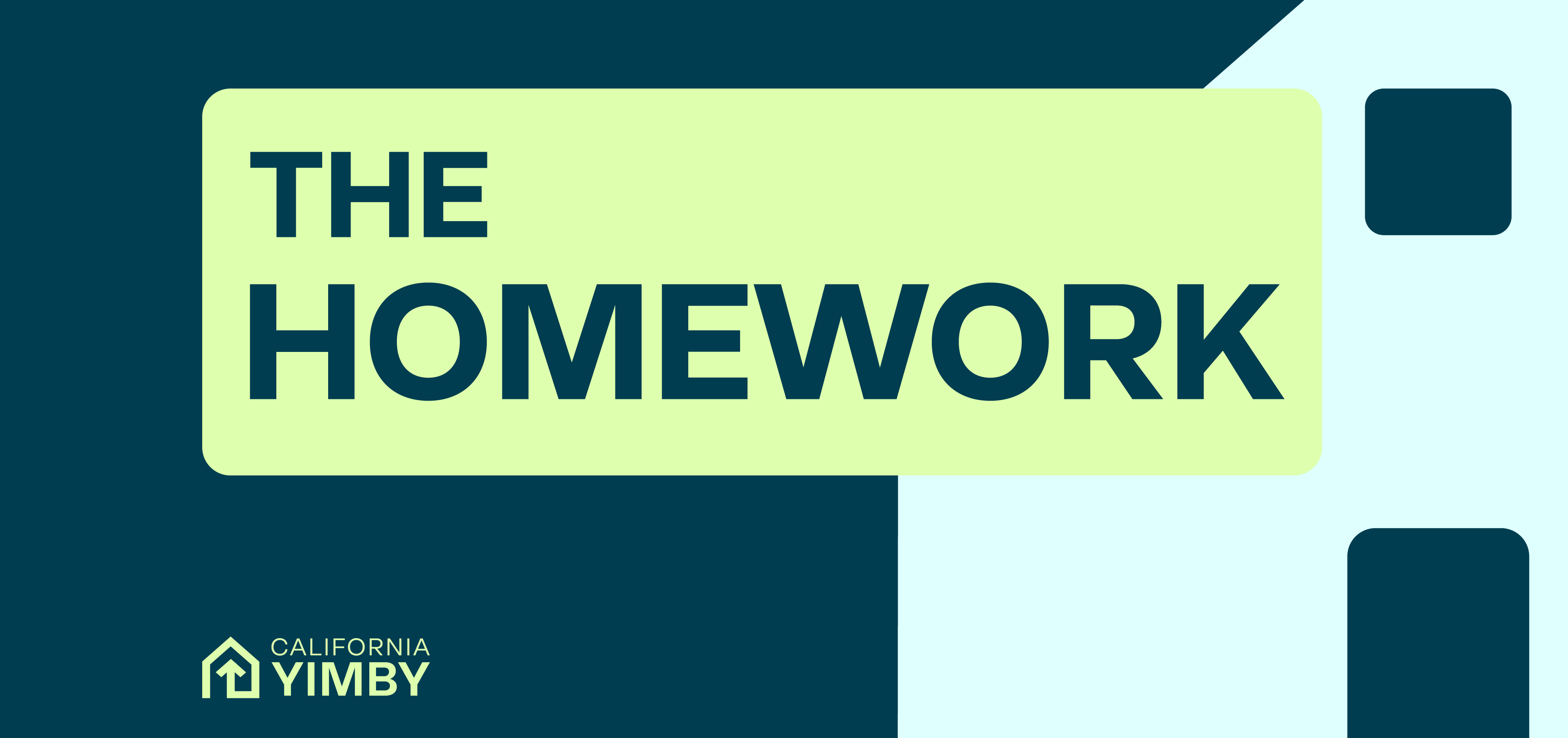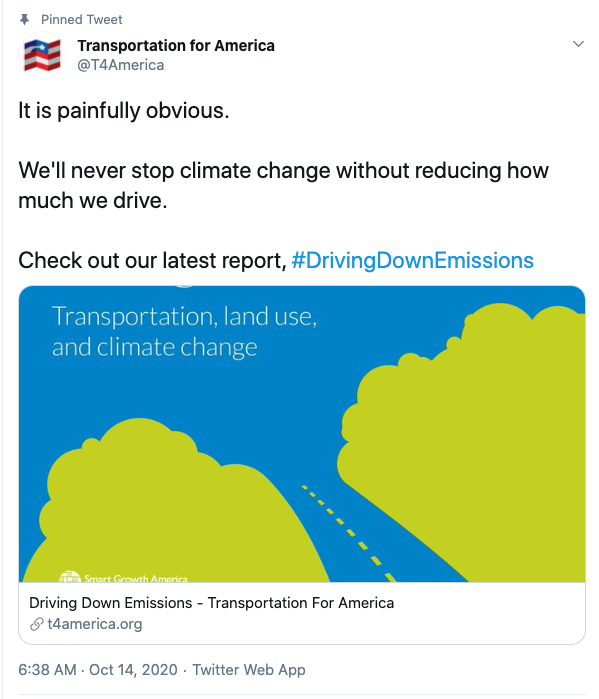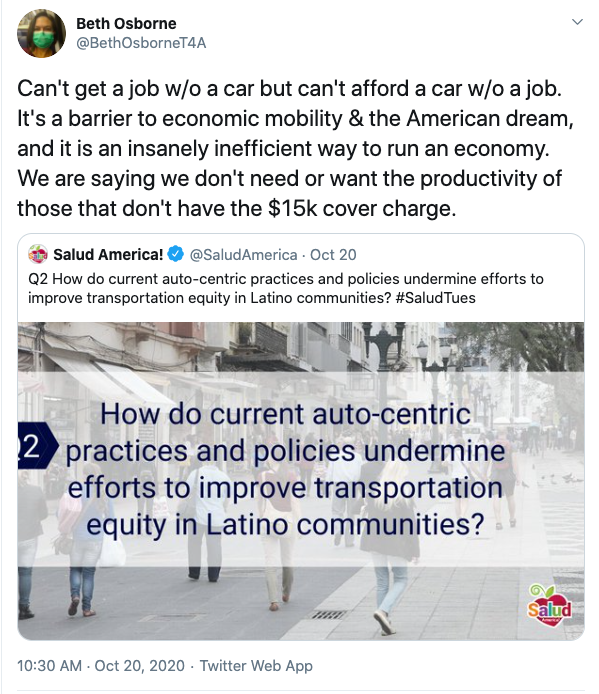The HomeWork: October 29, 2020

News from Sacramento
Things are quiet in the State Capitol as the legislature is out for election season. They’ll reconvene to formally adjourn the session on November 30, then it’s a week of respite before the 2021-2022 session, which begins on December 7.
In the meantime, if you have an idea for a YIMBY law, please reach out to Louis Mirante at louis@cayimby.org
Thanks everyone for your support this year!
Housing Research & Analysis
Put the Money Where the Homes Are: Rewarding Cities for “3 P’s”
How do we build a more affordable, sustainable, and inclusive Bay Area? The Non-Profit Housing Association of Northern California (NPH) has some ideas outlined in a new paper, The Road Ahead: A 21st Century Housing Strategy for the San Francisco Bay Area. The bottom line: we have to get serious about the “3 P’s” of housing policy:
- Protection of existing tenants and vulnerable residents;
- Preservation of naturally-affordable and deed-restricted affordable housing stock; and, of course,
- Production of new homes to satisfy unmet demand for housing, and plan for future growth.
NPH lays out detailed proposals for how to implement ambitious housing goals.
The key takeaways:
- We need carrots and sticks. NPH recommends tying funding from newly-created entities such as the Bay Area Housing Finance Authority (BAHFA) to explicit anti-displacement and racial equity goals.
- By the same token, regional planners can tie transportation funding to regional housing preservation goals to strengthen anti-demolition policies and other strategies to preserve existing affordable housing.
- The region should also prioritize and reward localities that are meeting their housing production goals at all levels of affordability.
Who Benefits from Rideshare Services? Transit and Land-Use Implications
Are ride-sharing apps like Uber and Lyft improving transportation in our cities? A new study by Marquet (2020) conducted in Chicago suggests that in many cases they compete with or displace trips taken on public transit, making traffic worse and exacerbating socioeconomic inequality. Here are the key takeaways:
- Rideshare customers tend to skew whiter and wealthier. Low-income households take roughly five times fewer rideshare trips, and white-majority neighborhoods took more trips.
- While households without a car tended to use rideshare for more trips, these weren’t necessarily trips that would have been in a car under other conditions. The rides themselves were more likely to connect a walkable area to a less-walkable destination, or vice versa — places with plenty of other transportation options overall, like transit or walking.
- More surprisingly, less transit access at the origin or destination was correlated with fewer trips.
READ MORE »
Houser Headlines
How California Is Turning Hotels Into Housing for Formerly Homeless People
Missing Middle Housing — Book Review
New Maps Show How Climate Change is Making California’s “Fire Weather” Worse
Study: We Can’t Fix Transportation-Related Climate Emissions With EVs Alone
Researchers gave thousands of dollars to homeless people. The results defied stereotypes.
Trump campaigns on suburban preservation. Will it help him or the suburbs?

